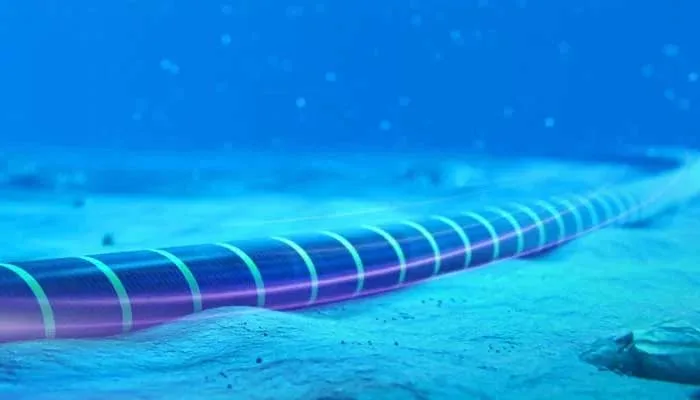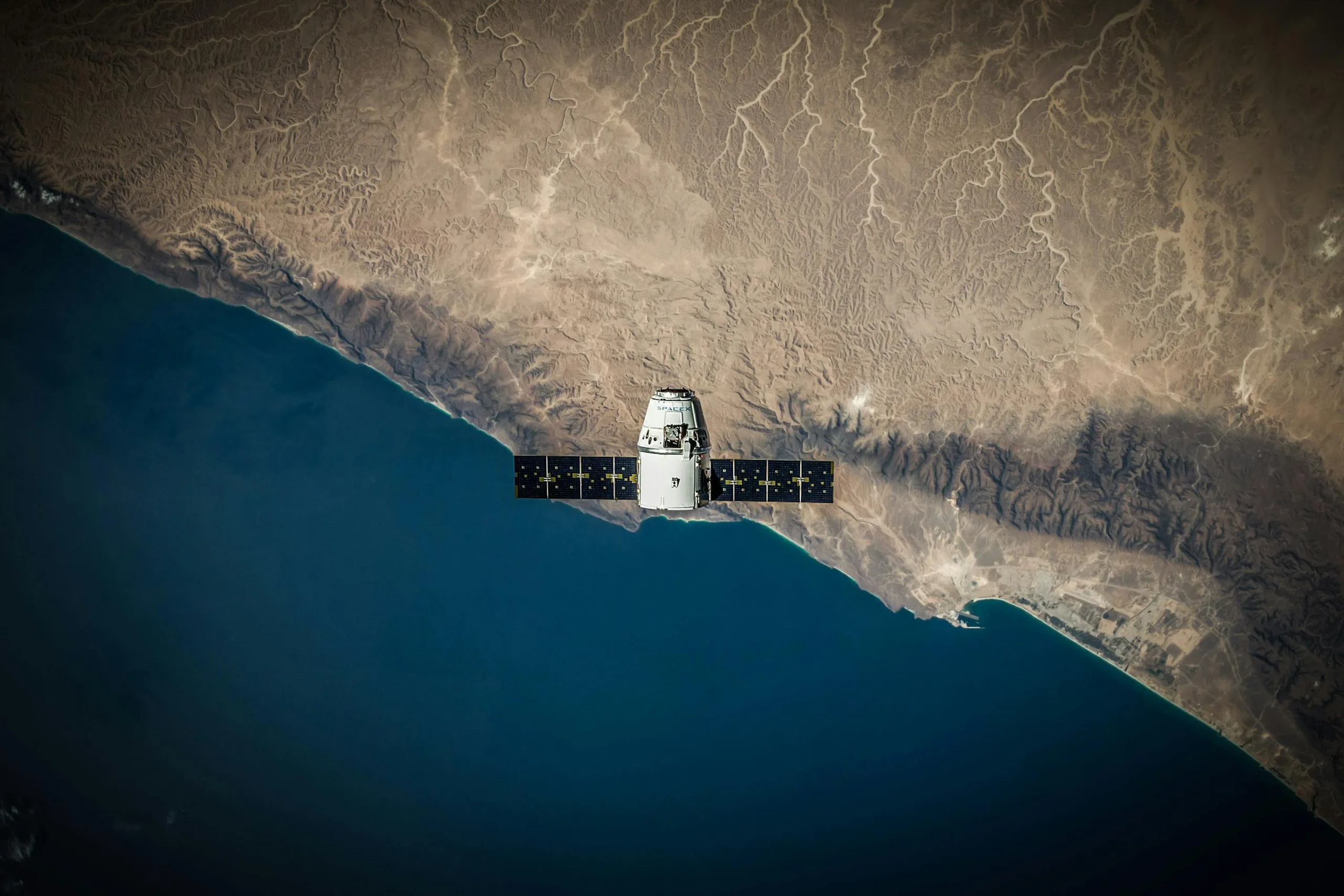SpaceX Achieves Historic Recovery with Fifth Starship Test Flight

SpaceX successfully launched its fifth Starship test flight on Sunday, making a groundbreaking recovery of its towering first-stage Super Heavy booster. This is the first time SpaceX has utilized large metal arms attached to the launch tower to catch the booster mid-landing. The rocket lifted off at 7:25 am (12:25 GMT) from SpaceX’s launch facility in Boca Chica, Texas, sending the second-stage Starship towards its target destination in the Indian Ocean.
Milestone in Rocket Landing Technology
After separating from the second-stage Starship at around 74 km (46 miles) in altitude, the Super Heavy booster made a historic return to the launch pad. Two robotic arms, designed to catch the rocket, successfully secured the booster. SpaceX founder Elon Musk shared his excitement on X, saying, “The tower has caught the rocket!!”
This achievement marks a significant advancement in reusable rocket technology, a critical step for SpaceX’s long-term goal of making space exploration more cost-effective. Previous attempts saw boosters either explode or land in the ocean. This successful recovery demonstrates a new level of precision in rocket landings.
Improvements Over Previous Tests
The nearly 121-meter (400-foot) Starship arced over the Gulf of Mexico after liftoff. While earlier Starship tests faced difficulties, this launch showcased the engineering advancements SpaceX has made. The June test flight was the most successful until now, ending without an explosion but missing a perfect landing.
During this test, SpaceX raised the bar by attempting to land the first-stage booster back at the launch pad, where it had taken off just seven minutes earlier. SpaceX’s Dan Huot, observing from the launch site, said, “I am shaking right now,” while Kate Tice from SpaceX headquarters added, “This is a day for the engineering history books.”
Manual Landing Decision
The landing decision was left to the flight director, who used manual control to assess the conditions in real-time. Both the booster and the launch tower had to be stable for the attempt to proceed. SpaceX stated that if the conditions were not ideal, the booster would have been directed to land in the Gulf of Mexico, as had happened in previous tests. Fortunately, everything went as planned, and the rocket was successfully caught by the robotic arms.
Read: Iran Launches Missiles at Israel Amid Escalating Conflict
Starship’s Journey Continues
Once the Super Heavy booster separated, the retro-style stainless-steel Starship spacecraft continued its mission. It is set to attempt atmospheric reentry and a controlled splashdown in the Indian Ocean, west of Australia. This test flight follows upgrades made to the spacecraft’s software and heat shield after the June test, in which some parts of the spacecraft came off during reentry.
SpaceX has improved the Starship’s thermal tiles, which are critical for protecting the spacecraft during reentry. The success of this mission demonstrates the company’s progress towards achieving fully reusable rockets.
A Step Closer to Reusable Space Travel
This latest achievement brings SpaceX one step closer to its goal of creating a fully reusable rocket system, a key element in reducing the costs of space missions and making space travel more frequent. The combination of booster recovery and spacecraft improvements showcases the company’s innovative approach to space exploration.
With this successful test, SpaceX continues to push the boundaries of what is possible, cementing its position as a leader in the future of space travel.
Follow us on Google News, Instagram, YouTube, Facebook,Whats App, and TikTok for latest updates












